
Looks like InBev is ready to play dirty to get its sales numbers up. In a recent WSJ post Luiz Edmond, the president of North American operations for Anheuser-Busch InBev, let it be known the he was ready to strong arm out the competition.
Last November, Anheuser also told more than 500 wholesalers who distribute its products across the U.S. that it wants them to sell fewer rival brews. The company warned that wholesalers who aren’t tightly “aligned” with Anheuser might be prevented from acquiring other wholesalers through equity agreements, a type of business contract, that Anheuser holds with the wholesalers.
The toughening rhetoric has made a growing number of wholesalers “anxious,” said Joe Thompson, president of Independent Beverage Group, a beer-industry consultancy. Brewers and distillers are required to distribute alcohol through intermediaries instead of selling them directly to retailers.
Mr. Edmond isn’t making any apologies, saying wholesalers will have to decide which brewer they want to partner with most closely. “I’m loyal to my wholesalers. Why would I not expect the same loyalty to me,” he said.
Well, that seems a little anti-competitive in nature to say the least, and that isn’t InBev’s only bad marketing strategy. In addition to doing what they can to stifle the competition, InBev will be bringing 19 new products to market:
This year, Anheuser plans to launch 19 new products in the U.S., its biggest such push since Belgium’s InBev acquired St. Louis-based Anheuser-Busch for$52 billion in 2008. New offerings include small-batch “craft” brews, cider and an expanded lineup of malt beverages that take their cues from tequila and tea instead of beer.
Looks like they are finally reading the writing on the wall about the American consumer wants to drink, to bad their going to do their best to not the let consumer know they are drinking a mass produced product that could very well be taking away money from local, family owned breweries. They’re just not getting that people don’t want to buy their products.
Anheuser is trying to stabilize Budweiser, whose U.S. shipments have fallen 23 straight years
I for one am going to stick with the independent beers, how about you?
Source: http://online.wsj.com/



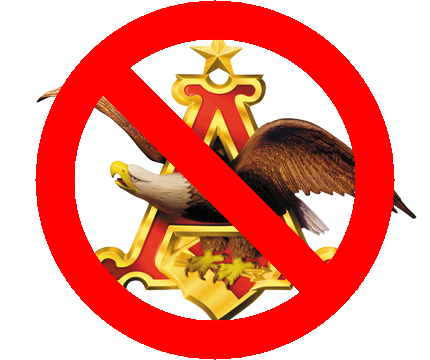

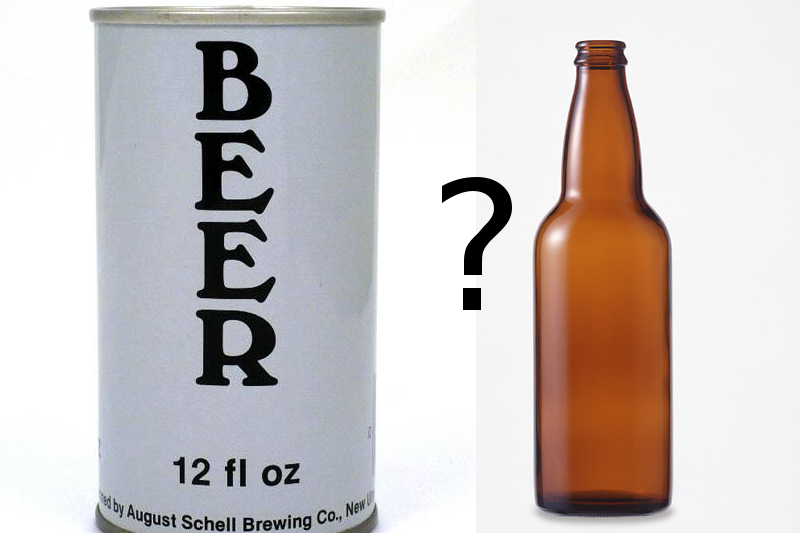



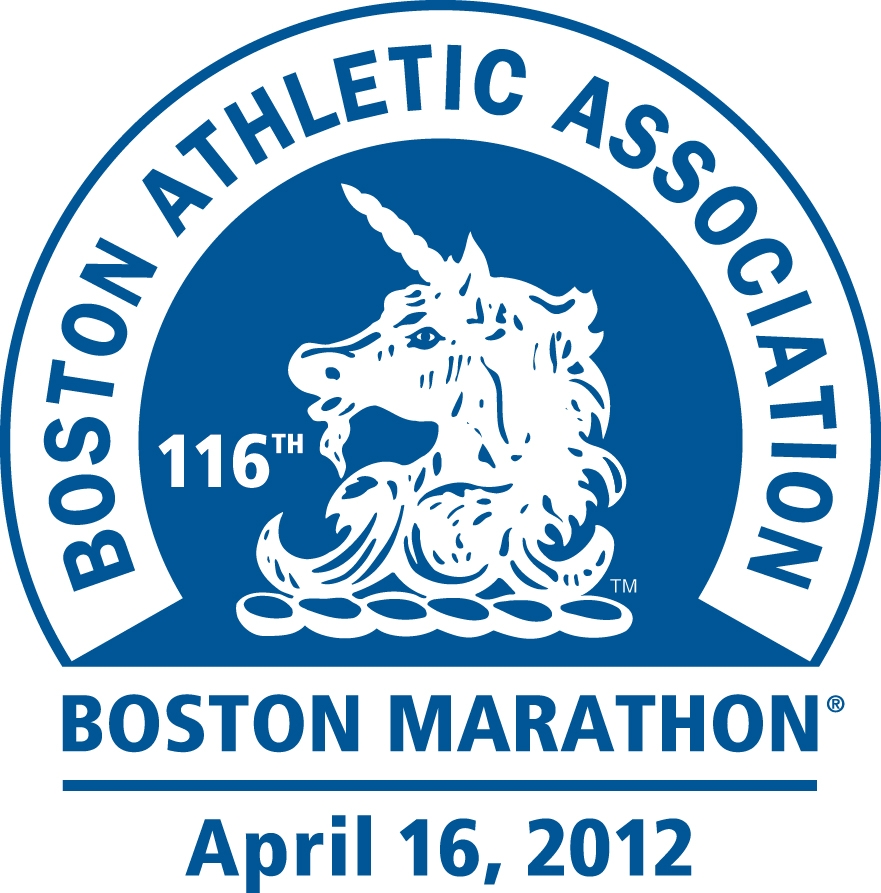




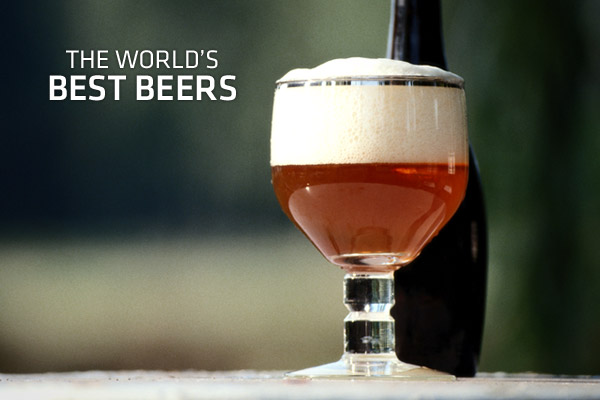


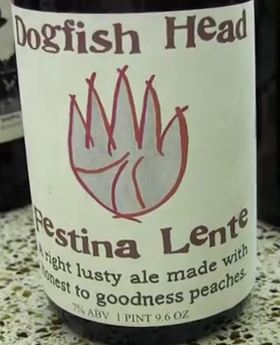



Follow Us!